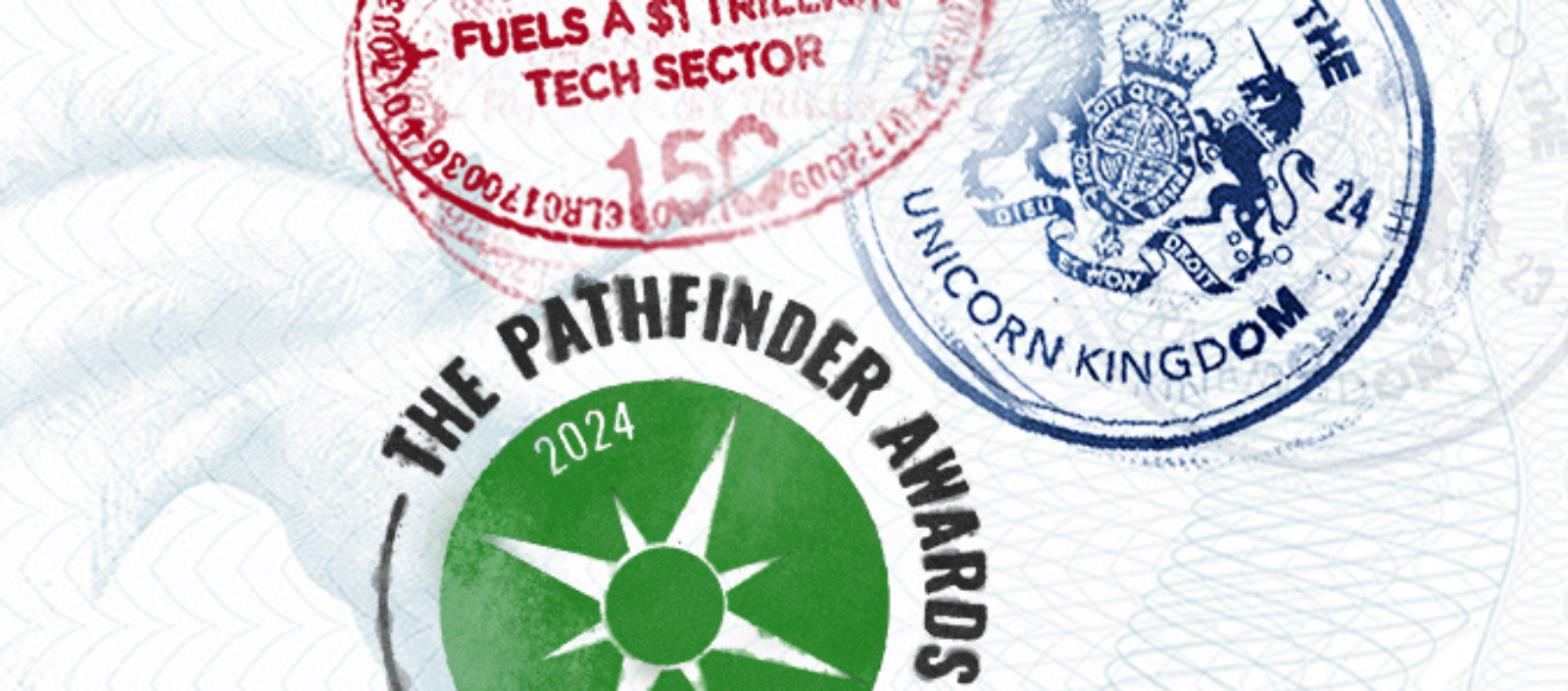Artificial intelligence has grown since its infancy, but it is not yet fully mature. Advances in legislation and regulations and the broader application of AI suggest that 2022 could be a milestone year – looking to the future.
Artificial intelligence (AI) will continue to receive a lot of attention next year. The ethical principles of AI, such as reliability, transparency, control, privacy, non-discrimination and fairness, are still important, but also if AI is used simply in the interest of the consumer or the citizen. Policies and regulations surrounding the ethical use of technology will further help to use AI responsibly.
Meanwhile, AI continues to evolve and technology becomes increasingly human. This also makes it more valuable to organizations. Alright, let’s see where it goes with the AI. The most important predictions for 2022 in a row:
1. From soft policy to strict regulation
Responsable AI moves from ‘soft policy’ to strict law and regulation, and is integrated into instruments in better practices. In recent years, it has been very good for companies and governments to talk about the ethical and responsible use of AI. However, fewer real steps were taken to ensure responsible deployment. In 2022, strong legislation and regulations should change that.
For example, the EU has a new proposal sent – here in the Netherlands (pdf)) – with legislation that prohibits the use of AI if it presents a harmful and unacceptable risk. Consider, for example, the use of artificial intelligence for biometric identification, such as facial recognition in public law enforcement areas (with some exceptions), or the unconscious manipulation of vulnerable groups in a way that can cause psychological or physical harm . But also the use of AI to social credit score by government agencies, where, for example, a response on social media influences the obtaining of a job or a credit or the casting of a vote. Permitted high-risk AI applications are strictly regulated.
The UK also recently launched its national artificial intelligence strategy, and the Chinese government announced a regulatory proposal in August that goes beyond the EU in certain areas. In the future, organizations may not only need to demonstrate adherence to ethics and responsibility when using AI, but will also need to demonstrate that using AI benefits the customer. Transparency and clear explanations ensure that consumers are calm and understand the added value of AI.
2. Eliminate misuse
The controlled deployment of AI should put an end to applications with the wrong intentions or approaches. The use of responsable AI is becoming a priority for most organizations. As a result, more attention is being paid to removing evil Applications. Sometimes, conscious decisions have been made regarding the purpose of the AI solution or the way the AI system is built that are unacceptable. But even more often, problems in artificial intelligence systems are the result of less conscious choices.
Think about the prejudices towards certain groups that infiltrate through the use of tendentious data, or by using rules based on incorrect assumptions. This can be overcome in part by greater discipline in application development by answering simple questions. These are questions like: What information does the app contain and why? How does it work? What exactly is being built and why? What is the purpose of the AI system? If a record of what ‘high-risk’ AI developers do becomes a condition for producing something, then AI development becomes more transparent. But this alone is not enough. More automated methods and controls are needed to demonstrate and prevent algorithmic discrimination and explain automated decisions.
3. 2022: the year of AI
2022: the year that finally all inside follow AI. After a somewhat difficult start, AI is now out of its infancy and entering puberty. More and more people are realizing that artificial intelligence can really transform organizations from within. However, the technology is yet to be widely adopted.
But now that the myth surrounding AI has largely been unraveled and users have a better understanding of how to implement it effectively, correctly, and on a larger scale, the technology is ready to mature. Organizations’ ambitious goals to become more data- and evidence-based translate into automated and manageable decisions that drive and optimize every customer interaction and business process.
4. Intelligence of everything
the rise of from Intelligence of Everything makes AI more “human”. In the next year, AI will become more and more complete and we will see that AI is more than just a “smart” technology. We also need emotional, creative and relational intelligence. Humans are not just intellectual beings. It is these other abstract qualities that make us truly human. By looking at these human aspects through artificial intelligence lenses and trying to imitate them, organizations can better evaluate customers and interact with them in a more natural, empathetic and personal way across channels.
5. Business tool
AI is more established as a business tool. In recent decades, AI has been implemented primarily in data science, where the technology has been used to recognize patterns in large subsets of data. Next year, the use of AI will no longer be limited to data scientists and statisticians, or IT. Technology penetrates the domain of data.understanding business user who will use AI for greater agility, a better understanding of customers and the achievement of better results.
About the author: Peter van der Putten is Director of AI Decision and Solutions at Pegasystems.
Do you want to stay informed of the latest news in your field? Follow e-commerce on social media: LinkedIn, Twitter in Facebook.

“Total social media fan. Travel maven. Evil coffee nerd. Extreme zombie specialist. Wannabe baconaholic. Organizer.”







